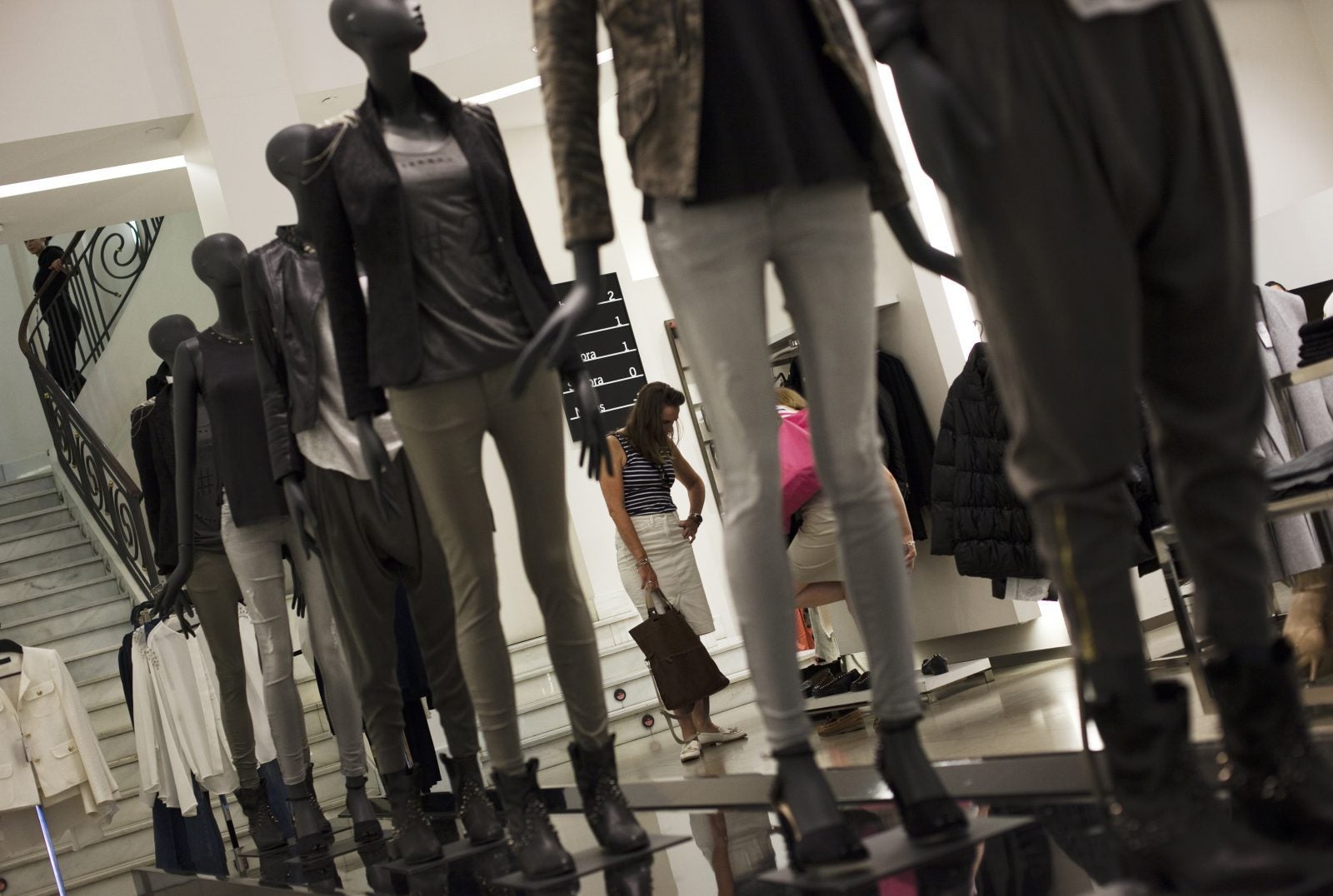“The new Indian consumer may not be able to afford a Chanel bag, but she’ll try its lipstick”
Indian retail has come a long way from the days of restrictive trade policies and mom-and-pop stores. The market has evolved both in terms of variety and sophistication, and as a result there is a growing breed of aspirational consumers in the country.


Indian retail has come a long way from the days of restrictive trade policies and mom-and-pop stores. The market has evolved both in terms of variety and sophistication, and as a result there is a growing breed of aspirational consumers in the country.
Over the last decade, foreign retail brands have grown enamoured of India as young and savvy shoppers have increasingly tuned in to the latest fashion trends. And at the centre of this transition is the mall.
“While malls opened up in India in abundance a decade ago, only a handful have survived and thrived,” Yogeshwar Sharma, executive director and chief executive officer, Select CITYWALK Mall, Saket, said in an interview with Quartz. The successful ones are often the first port of call for brands entering India. Select CITYWALK Mall, for instance, has emerged as India’s top retail destination catering to well-heeled and trendy shoppers in the capital with its mix of fashion brands and restaurants. Sharma has spent the last decade convincing the world’s top brands like Zara, H&M, Bobbi Brown, and GAP to make their India debut through his mall.
DNA of an Indian shopper
While India’s luxury market is small, burdened by high taxation and regulatory challenges, a new set of shoppers is ensuring that fast-fashion brands thrive.
“There are two types of shoppers who come here. Firstly, those for whom this is a lifestyle. Secondly, the aspirational consumer. Real India is actually aspirational…luxury malls are still intimidating to most. What is happening is aspirational consumers are moving up the ladder. Because of which brands (that once catered to only a certain demographic) are getting more and more popular. Look at some of the sales figures of Zara and H&M,” said Sharma.
For the six-month period of December 2016 to May 2017, Swedish brand H&M, which entered India in 2015, posted a turnover of Rs435 crore and even turned a small profit. Zara, which made its India debut in 2010, reported a turnover of Rs842.5 crore for the year ended March 31, 2016, up 17% from the previous year.
“When foreign brands began entering the Indian market, we were one season behind other international markets (in terms of collections). Now if you see the display window of Zara or H&M, they are like (the windows of outlets in) any other international market because consumers are so exposed and well-travelled that they refuse to buy old stock,” he said.
While fashion brands are obviously on a high, one category, beauty, has shown stunning growth, Sharma noted.
“Women have become more experimental. As shoppers, people aspire to graduate to the next level or the next brand. Beauty gives you that option. For instance, women cannot buy a Chanel bag but can buy a Chanel lipstick.” Apart from Chanel, Select CITYWALK houses beauty brands such as Dior, Sephora, and Bobbi Brown, and are patronised by shoppers varying from first-time users to those with both deep knowledge and pockets.
A booming wedding market ensures consistency of growth in India, Sharma said.
Similarly, perfume sales are on a high. For most aspirational Indian consumers buying expensive, branded perfumes (priced between Rs4,000 and Rs5,000) is almost like getting introduced to the brand.
“You cannot buy anything for that price, let’s say in a Burberry store, but you can always buy a perfume,” Sharma added.